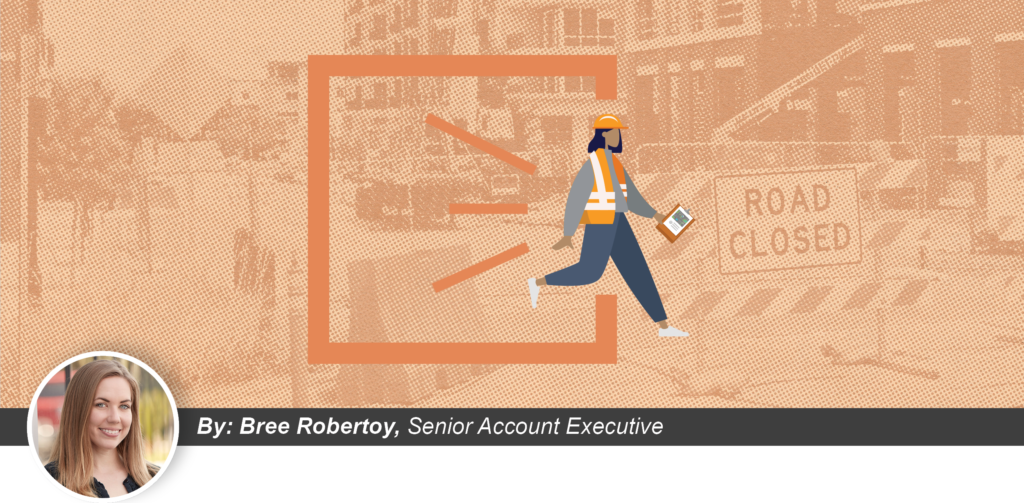
24 Sep Beyond the Limits of Public Engagement: 4 Tips for Better Construction Relations

If you work on public infrastructure projects, you’re probably familiar with this story: you’ve done your due diligence holding meetings with the public, setting up dedicated communication channels and distributing notices for an upcoming construction project with moderate to little engagement from the community. Then, when construction begins, the calls and emails start – “Why didn’t you tell me construction was going to start in my neighborhood!?” You wonder, “Where did I go wrong?”
There are many limitations to effective public engagement on construction projects – time, trust, financial resources and attention spans to name a few. Yet, effective public engagement is critical to ensuring construction projects are completed on time and on budget. How do you break through the limits of public engagement to move from just ‘checking the box’ to meaningful dialogue with the public? These four tips will help you do just that.
THE LIMIT: The community is not reading your construction notices
THE SOLUTION: Provide information the way your audience consumes it
Every person consumes information in a unique way, so effective engagement calls for distributing information across multiple platforms. Hard copy fliers, mailers and doorhangers are still an effective way to make sure you’re reaching everyone along your work area – so don’t delete those from your outreach plans – but keep in mind that most people also want their information on-demand and in real-time.
You’re probably already utilizing social media and website updates in addition to traditional methods, but have you considered thinking beyond these approaches? Making the investment in something like a mobile app, while costly, can produce a great return in terms of making access to real-time project information and construction updates easier. Not only is it a quick way for the project team to get information out to the public, but app features – like functional maps that display detour information, descriptions of activities that can be filtered by work area, and access to project contacts – make it easy for the public to learn about and avoid impacts.
THE LIMIT: Construction schedules often change at a moment’s notice, leaving little time for outreach
THE SOLUTION: Develop generalized notices at the start of a project
Despite the project team’s best efforts, unforeseen circumstances are inherent in construction projects and sometimes require last-minute schedule changes. The outreach team’s job is to make sure the public is informed of construction impacts and progress, but sometimes there is very little time to accomplish that task.
One solution is to develop generalized notices or boilerplate language before construction begins. Having language approved in advance by the team for common impacts such as night work, utility service interruptions or traffic impacts will help minimize team reviews and allow you to get notices finalized and distributed quickly – even when the pipe installation that was expected in two weeks is suddenly prioritized for tomorrow.
THE LIMIT: The community doesn’t trust you
THE SOLUTION: Prioritize relationship building from the start
Public opinion research has shown that around 40% of Americans do not trust the government. Lack of trust can be a daunting barrier to communication between public agencies and the community, especially when the topic of conversation is a years-long construction project. Trust is built over time, so there is no quick fix to this problem. However, when a project team prioritizes and commits to building relationships from the onset of a project, building trust is possible.
Community engagement should start long before the project breaks ground. Assemble your outreach team early and send them into the field to meet with community members, conduct surveys to gather important information about stakeholders – like business and event schedules, travel times and project concerns – and start building relationships that will be essential to maintaining a two-way dialogue throughout the project. Maintain a steady flow of transparent and open communication with community members, and be accountable for the information you provide and the commitments you make.
THE LIMIT: The community doesn’t understand the project
THE SOLUTION: Don’t just tell them, show them
Visuals dominate modern communications, and for good reason. They convey complex information quickly, they are universally understood regardless of language, and they can build excitement about a project. When the community can visualize the result of a project, they are more likely to look beyond the short-term impacts of construction and really see a project’s benefits.
Visual content can go beyond using photos, maps or renderings in your materials to show the project’s impacts or progress, and creative visuals don’t just need to live on a page or screen. Options like 3D models or virtual reality mockups of the final product can transform the way the public sees the project. So next time you’re struggling to convey the benefit of a project or explain what a ‘cutover’ or ‘falsework’ is, consider how you might use visuals to show what it is instead.
It’s no secret that construction projects have inherent challenges and community impacts. By thinking beyond the limits of traditional public engagement methods and starting very early, meaningful relationships can be established, bridging project requirements with community needs.
Join the K&A team at the Mobility 21 Summit on September 27 in Anaheim where we will continue to explore the theme of moving ‘Beyond the Limits’ in the transportation industry. Stop by and say hi at the Expo Hall!
Bree is a Senior Account Executive in K&A’s San Diego Office. She specializes in developing and implementing community outreach and construction relations programs for large public infrastructure projects. Bree is passionate about building positive relationships and enjoys working with diverse communities. In her spare time, she can be found exploring the outdoors, both in her hometown of San Diego and abroad.
